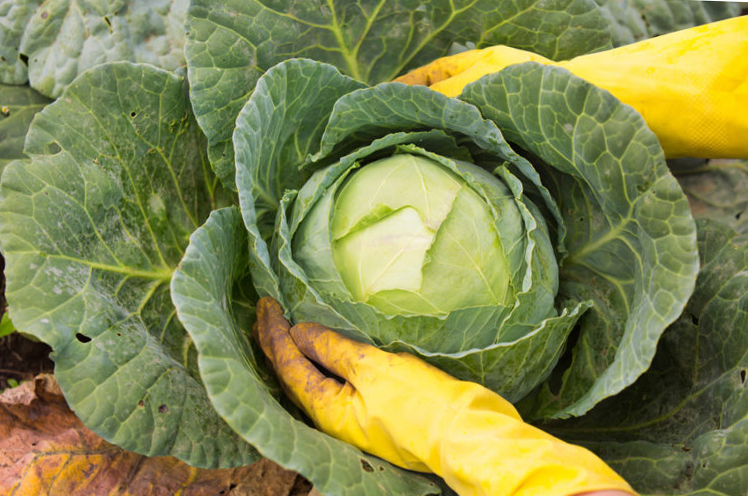
Many gardeners practice the removal of the lower leaves of cabbage in order to reduce the risk of disease and facilitate planting care. Undoubtedly, this procedure injures the plant, therefore the method has a lot of opponents, but in some cases its use is justified. No less important is how the pruning is carried out: it depends on the quality of the “operation” whether the benefits from it outweigh the damage to the plant.
Role and value
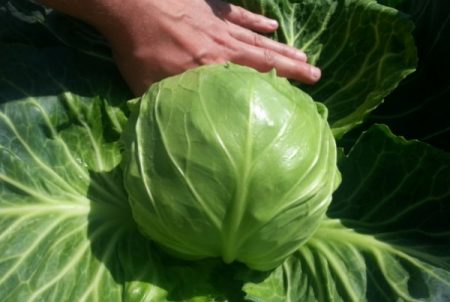
The lower or outer leaves are a full-fledged organ of the cabbage bush, performing a number of functions, so their removal can negatively affect the condition of the plant and the volume of the crop.
- All parts of cabbage are involved in photosynthesis, the loss of any of them disrupts metabolic processes.
- The lower (green) leaves are necessary for cabbage for the accumulation of nutrients from the roots, which are later redirected to the internal (white), forming a head of cabbage.
- Covering leaves perform the function of thermoregulation, devoid of this protection forks can suffer from overheating, as well as from hypothermia.
- The green “envelope” enveloping the cabbage is covered with a coating that protects pathogens and pests from penetrating into their tissue.
- In case of drought, the middle and central parts of the cabbage can receive moisture from the peripheral for some time. In addition, the lower leaves shade the trunk circle, slowing down the evaporation of water from the soil. Cabbage is a moisture-loving culture, so water scarcity quickly affects the development of cabbage fork.
When to trim
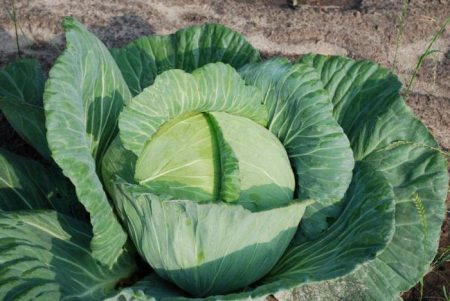
Loss of lower leaves is always stressful for cabbage, but in some situations, pruning may be considered appropriate.
Removal may be necessary:
- If the lower part of the cabbage bush begins to rot. The plant must be freed from dying organs that can no longer give it food, while in their decaying tissues a favorable environment is created for the development of pathogenic microflora.
- If the leaves impede the flow of water to the roots during irrigation, they interfere with the process of hilling, which is important in cabbage agricultural technology.
Drying or dry leaves can be removed entirely, since the plant has already selected useful substances from them. But yellow, not yet dried up - continue to give the head of cabbage nutrition from petioles, if necessary, it is recommended to partially cut off such leaves.
- When the head of cabbage has formed and has begun to ripen, old leaves lying on the ground should be cut off as a prevention of fungal diseases. With the arrival of autumn rains, they are likely to begin to rot.
- If the plant is affected by aphids, the removal of the lower leaves on which the insect is located can be an alternative to harmful chemical treatments. It is worth resorting to this method in extreme cases when folk remedies and mechanical methods of removal do not help, and defeat by a pest threatens the crop. Cut material must be burned.
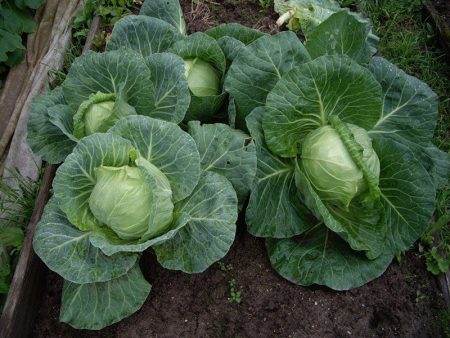
It is not recommended to trim:
- Before tying a fork of cabbage. To form a head of cabbage, at least seven leaves in a rosette are required. In addition, pruning at the initial stage of development will delay the formation of the ovary, since the plant will spend part of its strength on the healing of “cuts”. As a result, by the time of harvesting from the garden, the cabbage “head” will grow less than it could.
- Healthy green and even yellow leaves.Heads of cabbage continue to intensively select nutrients from them, due to which their weight rapidly increases at the last stage of development. It is especially important to keep the lower tier of cabbage varieties of medium and late ripening.
- Do not remove strong green leaves from heads of cabbage even after harvesting. Even cut cabbage forks continue to consume food from them, so that the weight of the head of cabbage removed from the stem can still grow up to 15% of the total mass.
Controversial reasons for trimming are situations:
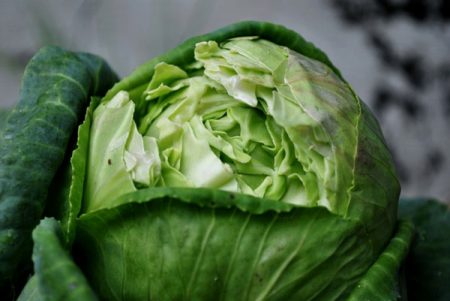
- Cracking heads, characteristic of early cabbage varieties. In this case, any way to reduce the plant’s moisture intake will be effective - cut the root or, by pulling a head of cabbage, tear it. But without the experience of such manipulations, removing the leaves will be an easier task.
- Fight with cabbage fly or dustpan. Partly rational, but in the fight against these insects, pruning alone will not be enough. Processing of the soil and the plant itself will be required, therefore, each gardener evaluates the feasibility of causing additional stress to the plant.
- Loose head of cabbages. If a month before harvesting (approximately mid-September) the central part of the cabbage did not acquire density, cut off all the leaves from the stem. The measure is effective, but this deprives the forks of some power, preventing it from gaining weight. It is more advisable to give the plant fertilizing with phosphorus and potassium.
An effective prevention of friability will be reasonable moderation in nitrogen fertilizing.
The correct removal procedure
If, nevertheless, a decision has been made to prune cabbage, care should be taken to minimize stress for the plant and to prevent possible negative consequences of the procedure.
Rules for removing the lower leaves:
- To trim you need to choose a dry day.
- Leaves should not be torn off, but carefully cut.
- Sections must be sprinkled with wood ash to prevent viruses and bacteria from entering the plant tissue.
- One week is allowed to cut off one leaf from the plant. Before removing the next, the old cut must be tightened.
The quantity and health of leaves on the cabbage stalk affects the volume and quality of the crop, so they should be removed only in cases of emergency. Observing the pruning recommendations, you can clean the lower part of the cabbage bush with a minimum of losses, but it is impossible to cause no damage to the crop. The only situation when pruning is definitely worth it is decay, since it is about preserving the entire plant.

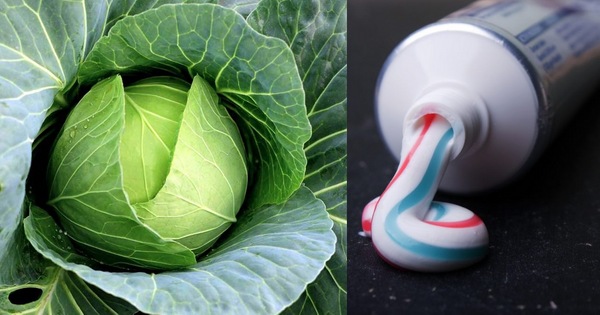
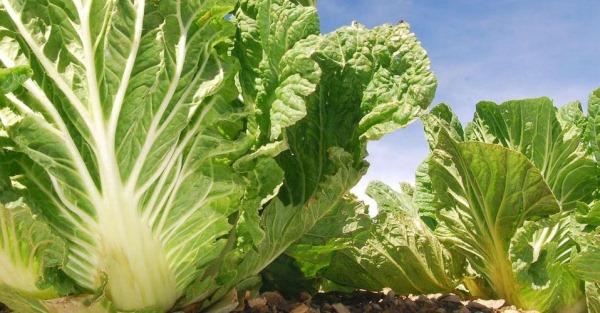
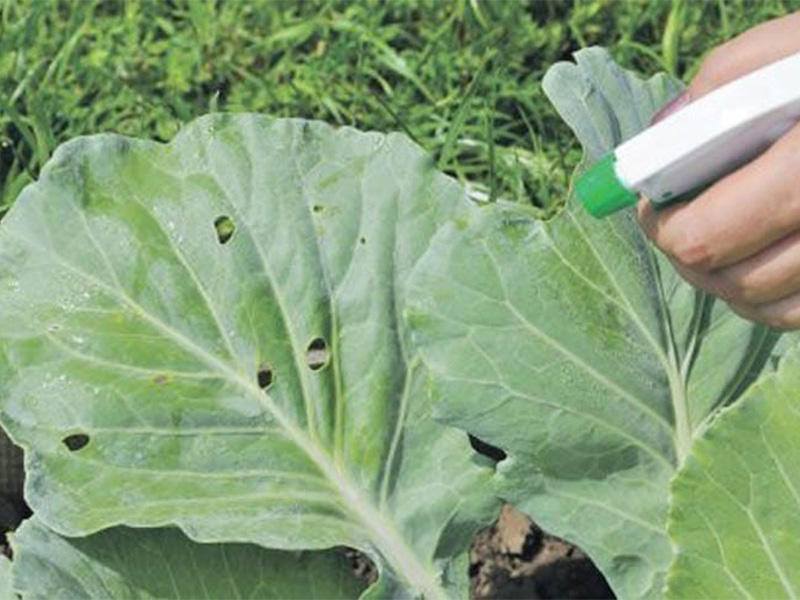
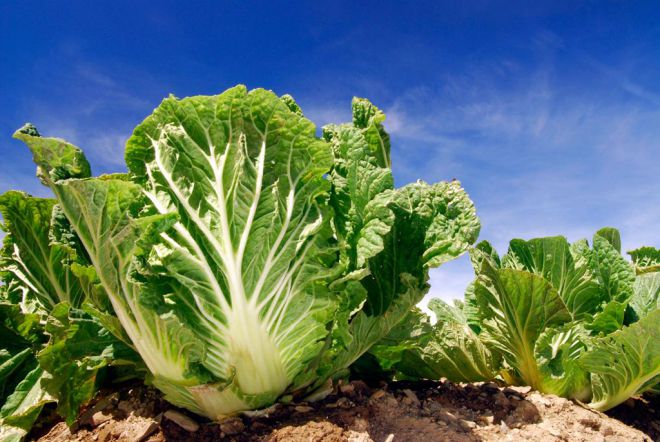 How to grow Chinese cabbage on your site?
How to grow Chinese cabbage on your site?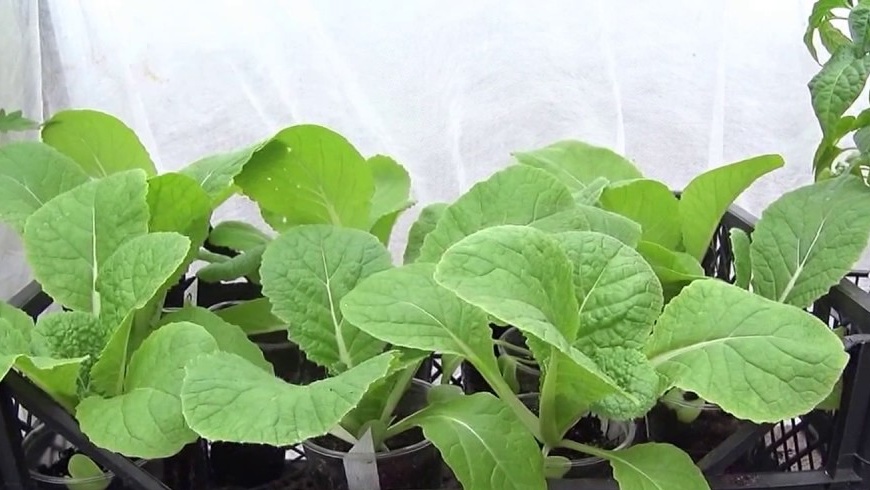 When to plant Chinese cabbage on seedlings in 2024
When to plant Chinese cabbage on seedlings in 2024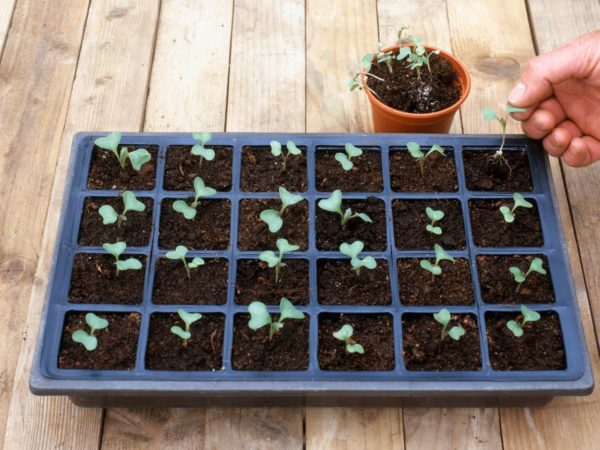 When to sow cabbage for seedlings in 2019 on the moon
When to sow cabbage for seedlings in 2019 on the moon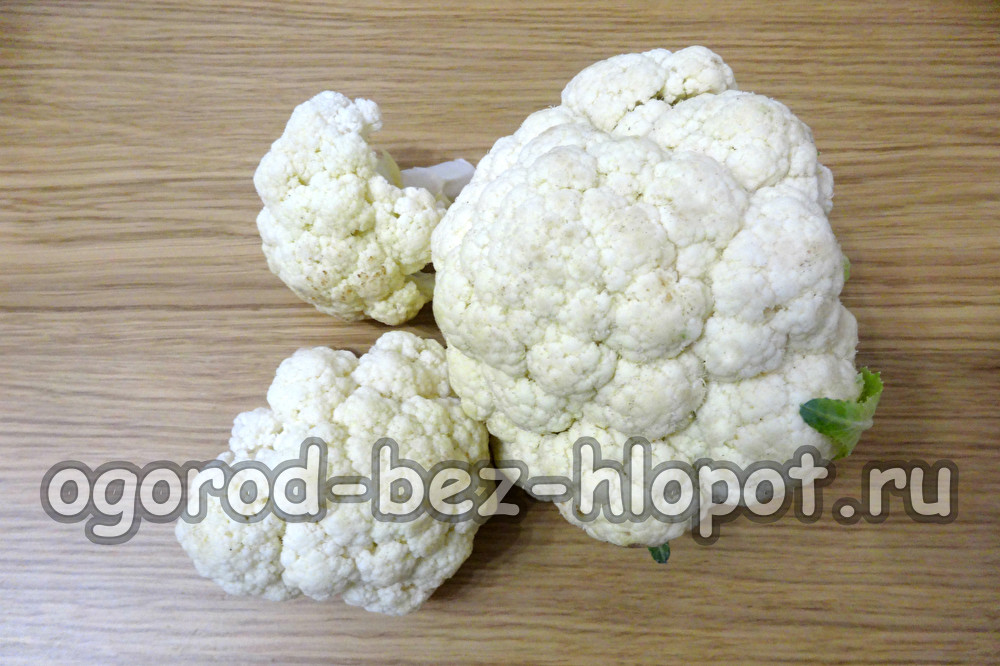 Cauliflower: how to grow large snow-white inflorescences
Cauliflower: how to grow large snow-white inflorescences